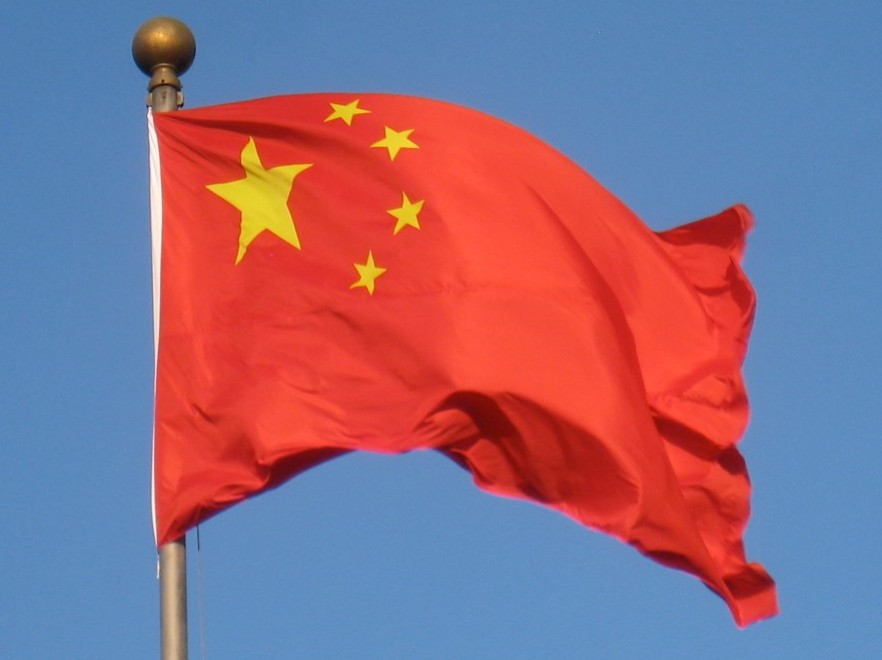From pv magazine Global
State Grid Corporation of China (SGCC), which operates roughly 80% of the nation’s electricity grids spanning across 26 provinces, has unveiled plans to massively expand its battery storage fleet and pumped hydro storage capacity and thus help the nation move towards its decarbonisation goals.
SGCC Chairman Xin Baoan said Wednesday in a commentary published in the state-owned People’s Daily that SGCC aims to have 100GW of battery storage by 2030, up from 3GW today. This is a very ambitious goal, given that BloombergNEF forecasts that all of China will have about 96GW of battery storage by 2030.
Under a five-year plan released this week, China is aiming to slash battery storage costs by around 30% by 2025, paving the way for local industries to dominate the global market by 2030. In addition, the fifteenth five-year plan drafted by the National Development and Reform Commission (NDRC) and the National Energy Administration (NEA) gives special attention to compressed air storage and envisages that this technology will realise engineering applications in units of 100MW of capacity.
But SGCC’s plans don’t end only with battery storage, the grid operator is also planning to increase its pumped storage capacity from the current 26.3GW to 100GW by 2030. This builds on its announcement in January when it said it had commissioned the world’s largest pumped-hydro facility. Located in Hebei province, the 3.6GW Fengning Pumped Storage Power Station consists of 12 reversible pump generating sets with a capacity of 300MW each and has a power generation capacity from storage of 6.612 billion kWh. To put SGCC’s plans into perspective, China is targeting 120GW of operational pumped-hydro facilities by 2030, according to the NEA.
Beyond storage
Furthermore, Xin said that SGCC is also planning to increase its cross-provincial power transmission capacity and support the buildout of solar and wind in the western desert areas. Finally, he said the grid operator will also seek to implement flexible DC transmission, virtual power plants, safety and stability of large power grids, and ultra-high voltage tap-changers, among other technologies.
According to Xin, SPCC made these plans to align with the Chinese government’s dual carbon goal to reach peak carbon emissions by 2030 and achieve carbon neutrality by 2060. China’s decarbonisation policy has already created pressure on state-owned enterprises mandating energy storage with the order to build renewables-plus-storage projects introduced for the very first time by the NEA last April.
In terms of supporting policies, NEA, the country’s major energy policymaking authority, has already launched a series of incentives and advisory documents with an eye on the interim goal to deploy 30GW of energy storage capacity by 2025. In addition, several provinces have also released policies supporting storage for renewable energy installations.
But despite its decarbonisation plans, China continues to account for a great share of global coal additions. A recent report published by three environmental think tanks and lobbyists finds that China is home to 55% of the world pipeline for new coal facilities and, together with India, Vietnam, Indonesia, Turkey, and Bangladesh, jointly accounts for 82% of plans for new coal plants.
This content is protected by copyright and may not be reused. If you want to cooperate with us and would like to reuse some of our content, please contact: editors@pv-magazine.com.









By submitting this form you agree to pv magazine using your data for the purposes of publishing your comment.
Your personal data will only be disclosed or otherwise transmitted to third parties for the purposes of spam filtering or if this is necessary for technical maintenance of the website. Any other transfer to third parties will not take place unless this is justified on the basis of applicable data protection regulations or if pv magazine is legally obliged to do so.
You may revoke this consent at any time with effect for the future, in which case your personal data will be deleted immediately. Otherwise, your data will be deleted if pv magazine has processed your request or the purpose of data storage is fulfilled.
Further information on data privacy can be found in our Data Protection Policy.